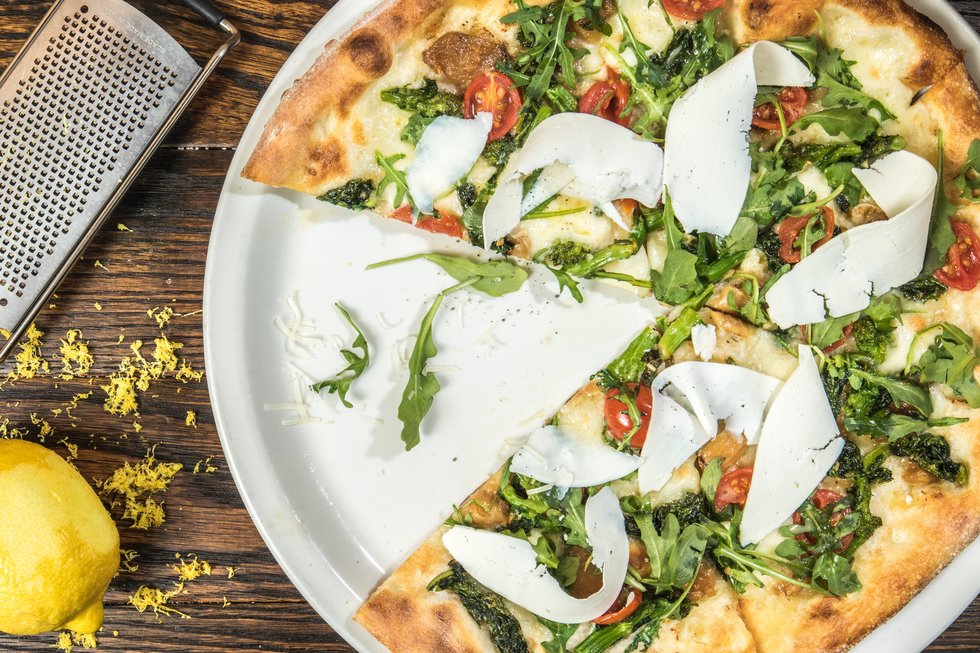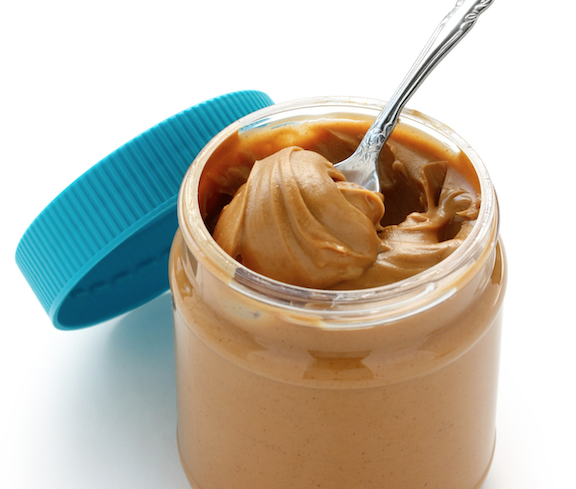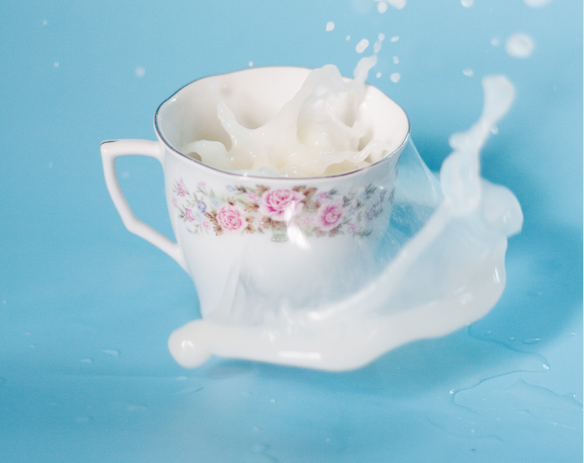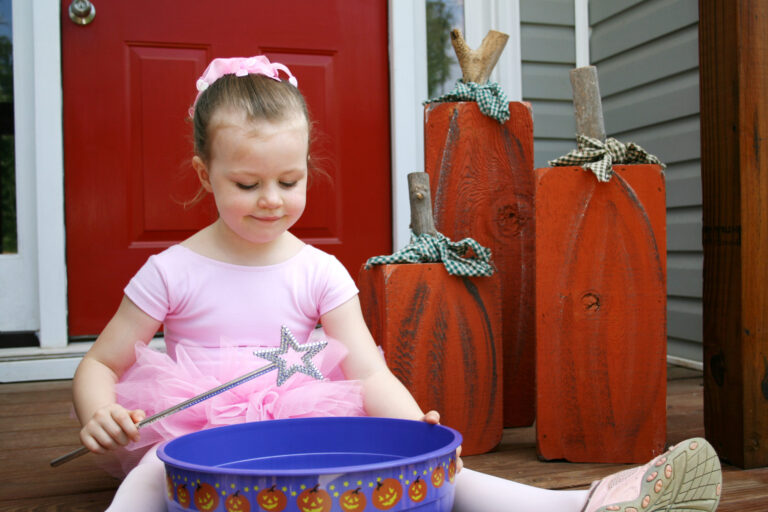
Raise your hand if you’ve ever walked out of the studio with just one thought on your mind: a big, juicy cheeseburger. But raise your other hand if instead of getting that burger, you opted for a hearty salad or stir-fry.
While dancers need to fuel their bodies with nutrient-dense meals and snacks, plenty of foods get an unfair bad rap. “The diet culture in this country vilifies various food groups as being bad while championing others as good,” says Kelly Hogan, MS, RD, CDN, clinical nutrition and wellness manager at the Dubin Breast Center at Mount Sinai Hospital in New York City. “But black-and-white thinking like that has no place when it comes to food.”
Some foods have less nutrition than others, admits Hogan, but if you’re eating what you crave and honoring your hunger and fullness cues, she says you’ll probably get the variety of nutrients your body needs. Here are seven foods that can have a place on your plate—guilt-free.
Pizza
 Pizza can be very satisfying. Photo by Brenan Greene/Unsplash
Pizza can be very satisfying. Photo by Brenan Greene/Unsplash
Why people think it’s bad: It’s greasy, doughy and loaded with cheese. Add pepperoni and it typically becomes a high-fat calorie bomb.
Why they’re wrong: Pizza offers a variety of nutrients. “It can be super-satisfying because it contains fat, protein and complex carbohydrates,” says Hogan. And toppings can actually add nutrition, she says. “I love adding spinach, broccoli, tomato and mushrooms.” All those nutrients can make pizza great for recovery.
Butter
 Adding butter can help our bodies better absorb nutrients in vegetables. Photo by Thinkstock
Adding butter can help our bodies better absorb nutrients in vegetables. Photo by Thinkstock
Why people think it’s bad: Added fats like butter and oils are often seen as empty calories that contribute to unwanted weight gain. “For years, we’ve been told that saturated fats in butter contribute to heart disease,” says registered dietitian Kim Hoban, RDN, CDN, CPT.
Why they’re wrong: “This is still a controversial topic, but I believe a little bit of butter in a dancer’s diet can go a long way in actually helping their health,” says Hoban. Adding butter to bitter vegetables can make them taste better, making you more likely to eat them. Plus, the fats in butter can sometimes help our bodies better absorb the nutrients in the vegetables. Hoban doesn’t suggest eating too much butter right before dancing, since fat is digested slowly and can leave you feeling sluggish. But small amounts can have their place during regular mealtimes.
Pasta

Pasta can be a great source of complex carbs. Photo by Brooke Lark/Unsplash
Why people think it’s bad: Many people have grown to associate carbohydrates with weight gain because of the popularity of high-protein, low-carb diets. Plus, as more people go gluten-free, pasta is seen as off-limits.
Why they’re wrong: Whole-wheat pasta is a great source of complex carbohydrates, which fuel dancers for long workouts and help them recover, says Hogan. She suggests throwing in colorful veggies and lean protein for a well-rounded, satisfying meal.
Cereal
 Cereal can provide quick fuel. Photo by Thinkstock
Cereal can provide quick fuel. Photo by Thinkstock
Why people think it’s bad: It’s processed, often high in sugar, and it doesn’t boast many nutritional benefits.
Why they’re wrong: It can be a great option for athletes who are constantly on the go, says Hoban. “Cereals provide quick fuel in the form of simple carbohydrates.” While sugary options like Cap’n Crunch aren’t your best bets, less processed varieties can make for easily digestible snacks. Pair some with yogurt or milk to add protein.
Peanut Butter

Peanut butter can help repair muscles. Photo by Thinkstock
Why people think it’s bad: Nut butters are feared for being high in fat, and therefore high in calories.
Why they’re wrong: Nuts and nut butters are great sources of plant-based unsaturated fats, which have anti-inflammatory properties and can help repair the oxidative damage that occurs in muscles during long, hard hours of dancing, says Hogan. Because of their protein and fiber, nut butters make a satiating snack or breakfast accompaniment, says Hogan. “Plus, adding a tablespoon of peanut butter to morning oatmeal just tastes amazing.”
Full-Fat Dairy

Dancers need dietary fat. Photo by Noemi Jimenez/Unsplash
Why people think it’s bad: Dancers often choose nonfat and low-fat dairy products in an attempt to consume fewer calories.
Why they’re wrong: “Less isn’t always better, especially when it comes to adequately fueling an active lifestyle,” says Hoban. Dancers need dietary fat for a variety of things, such as brain health and the transportation of vitamins throughout the body. Some of dairy’s best nutrients, like calcium and vitamin D, need fat to be properly absorbed. Plus, when fat is decreased in food, it’s often replaced with sugar or other additives, adds Hoban. Eating full-fat dairy products will leave you more satisfied, and you’ll get longer-lasting energy.
Egg Yolks
 Egg yolks have great nutrients for dancers. Photo by Thinkstock
Egg yolks have great nutrients for dancers. Photo by Thinkstock
Why people think they’re bad: Egg yolks are high in fat and cholesterol, so many people assume they raise cholesterol levels in the blood. Dancers sometimes choose egg whites to get protein for fewer calories.
Why they’re wrong: Dietary cholesterol actually has little effect on our blood cholesterol, says Hogan. “And yolks contain so many great nutrients that are important for dancers: choline, vitamin B-12, vitamin D, vitamin A and iron, to name a few.” She suggests incorporating them into any meal: “Eat them as an omelet with veggies, scrambled with potatoes or, my favorite, poached on top of avocado toast.”



